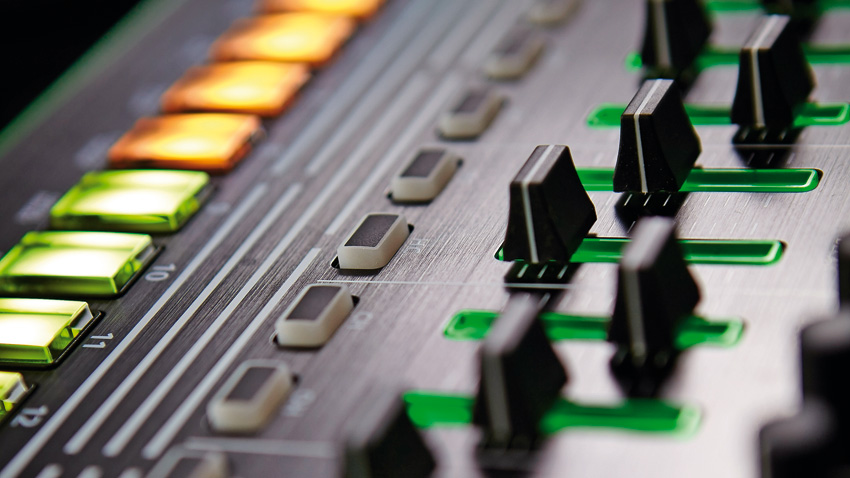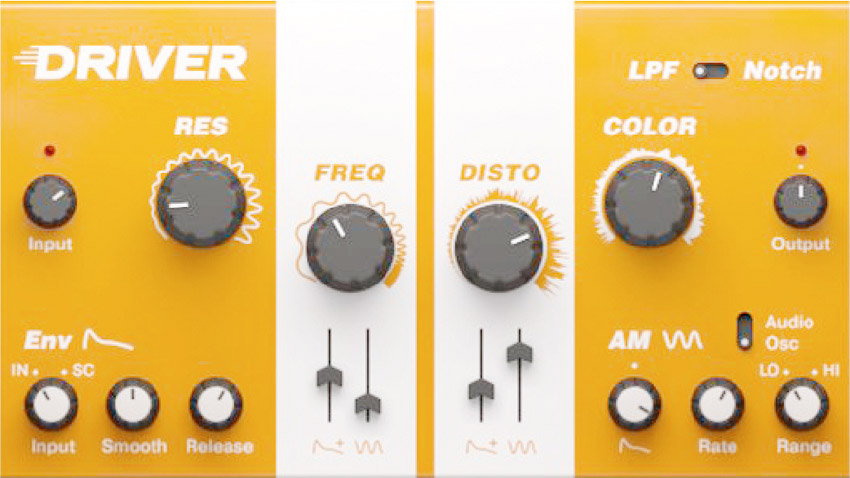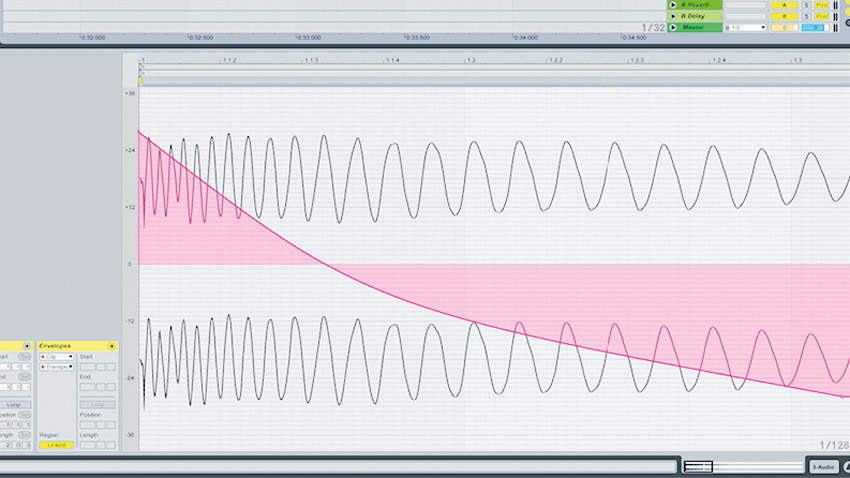Get more from your drum machine: 9 key techniques
Make better beats now with these diverse concepts and techniques

An electronic musician that doesn’t love drum machines is not to be trusted.
Yes, synthetic percussion has been absolutely rinsed to death by now, and these sounds are often used in formulaic ways, but that’s why it’s so special when a producer actually does something fresh and unexpected with them.
Synthetic percussion has been rinsed to death, but that’s why it’s so special when a producer actually does something fresh
We love the 808’s booming kick; the machine-gun 909 snares; those ‘cowbells’ and ‘rimshots’; and all the other tinny 80s drum sounds that evoke memories of late nights dancing to mechanical grooves.
And that’s why we've put together these nine diverse ideas to get your percussive juices flowing…
1. Scatter games
Although the Roland TR-8’s Scatter effect can sound a bit gimmicky over a regular beat, it can also be a great source of glitchy percussion and effects when used purely as a sound source on its own.
Ramp the knob up to explore its buzzy, granular-style tones, then quickly sweep the knob back to capture unique repeats and speed shifts.

2. Fun with drum distortion
In their raw states, drum machine sounds can be rather wimpy within a modern production. Luckily, it’s easy to add harmonics and beef with a healthy application of saturation or distortion. At subtle levels, a bit of drive will keep the original character intact but add the required weight and colour - electronic beats just sound ‘right’ when distorted.
Get the MusicRadar Newsletter
Want all the hottest music and gear news, reviews, deals, features and more, direct to your inbox? Sign up here.
For more retro applications, analogue preamps or drive stages will bring out low-level noise and dull everything a touch to remove digital harshness and spikiness. And at the extreme end of the spectrum, completely obliterating drum machine hits and loops with strong digital distortion or overdrive will transform them into pumping, breathing blocks of flavour and noise.
For a more customisable ‘3D’ effect, mix this distortion in parallel to fill in missing gaps in the frequency and dynamics spectrum. Guitar amps are particularly good for this task, providing an extreme ‘bloat’ and push that’s too much in one go, but provides character in subtle doses.
And don’t forget harsh digital distortion and bitcrushing, which can ruin other, more finessed elements of a mix, but give that fizz you need for sterile hi-hats and claps.
3. Get surgical
A drum sound is made up of an attack portion - the inharmonic transient element that provides the initial punch - and tae more harmonic sustain section. Process a drum signal in its entirety, and you’ll affect these components uniformly. The more extreme the processing, the more you’ll destroy that all-important attack.
So, try chopping out and detaching the smack section from the tail element. That way, you can apply different processing to each, retaining the transient’s clarity and still being able to push your processing harder on the body.
4. Design school
Electronic drums are awesome sound sources for FX design. Throw a kick through a cavernous reverb to create breakdown booms; granulise hats into background textures; and reverse percussion to make rubbery, bubbling elements.
5. Extend a short tail's hit
Many drum machines and samplers have a loop function, and a cool way to extend the length of a drum hit is to loop the sustain section after the initial transient, so that once that crucial ‘crack’ has fired, a short tail section is smoothly extended and sustained.
Once the loop is correctly set up, you can tweak the amplitude envelope’s ADSR settings to shape the drum’s volume response over time. Not only does this looping trick work as a correctional tool for too-short drum sounds, it can also be abused to create granular-style buzzing effects - reduce the loop length to extremes for ultimate control.

6. Creative transposition
All drum hits have a static, predictable pitch. This means that when you’re on a sound design mission and want to create unusual sounds from drums, a good thing to do is reach for is your drum machine’s transpose knob.
Tune a hi-hat down by an octave or more to turn it into a weird snare layer; pitch kicks up into rimshot territories; or move a crash cymbal down by two octaves and swamp it in reverb to create a spooky, drone-like sound effect.
Tuning doesn’t have to be static, either: assign an LFO or envelope to modulate pitch, then experiment with LFO shapes and speeds. Or, if your drum machine doesn’t feature modulation, do it manually and twist the tune knob in real time as you print the results.
7. Sharpen up
Bolster a synth line by layering a short, subtle hi-hat or rimshot over each note of the riff. This’ll add gentle front-end sharpness that may be lacking in the original synth sound.
8. Arpeggiators and note repeat
When programming grooves, there are traditional positions for most hits - the kick on the beat, hats on the offbeat, and so on - so you can easily subvert expectations to elevate your drum machine programming into more creative realms.
One great tool for this is the ‘note repeat’ function found on devices such as MPCs, Ableton Push, Maschine and Komplete Kontrol. Set a rhythmic division, hold a note, and the device will repeat the note at your chosen speed.
Flick between speed settings to create rhythm-shifting hi-hat rolls, snare fills, or even hypnotic chord patterns for genres such as techno.
9. The ring, my precious
Ring modulation and frequency shifting can be a bit too dissonant when applied to musical sounds - but that makes them ideal for processing drum machine hits and loops!
Future Music is the number one magazine for today's producers. Packed with technique and technology we'll help you make great new music. All-access artist interviews, in-depth gear reviews, essential production tutorials and much more. Every marvellous monthly edition features reliable reviews of the latest and greatest hardware and software technology and techniques, unparalleled advice, in-depth interviews, sensational free samples and so much more to improve the experience and outcome of your music-making.










